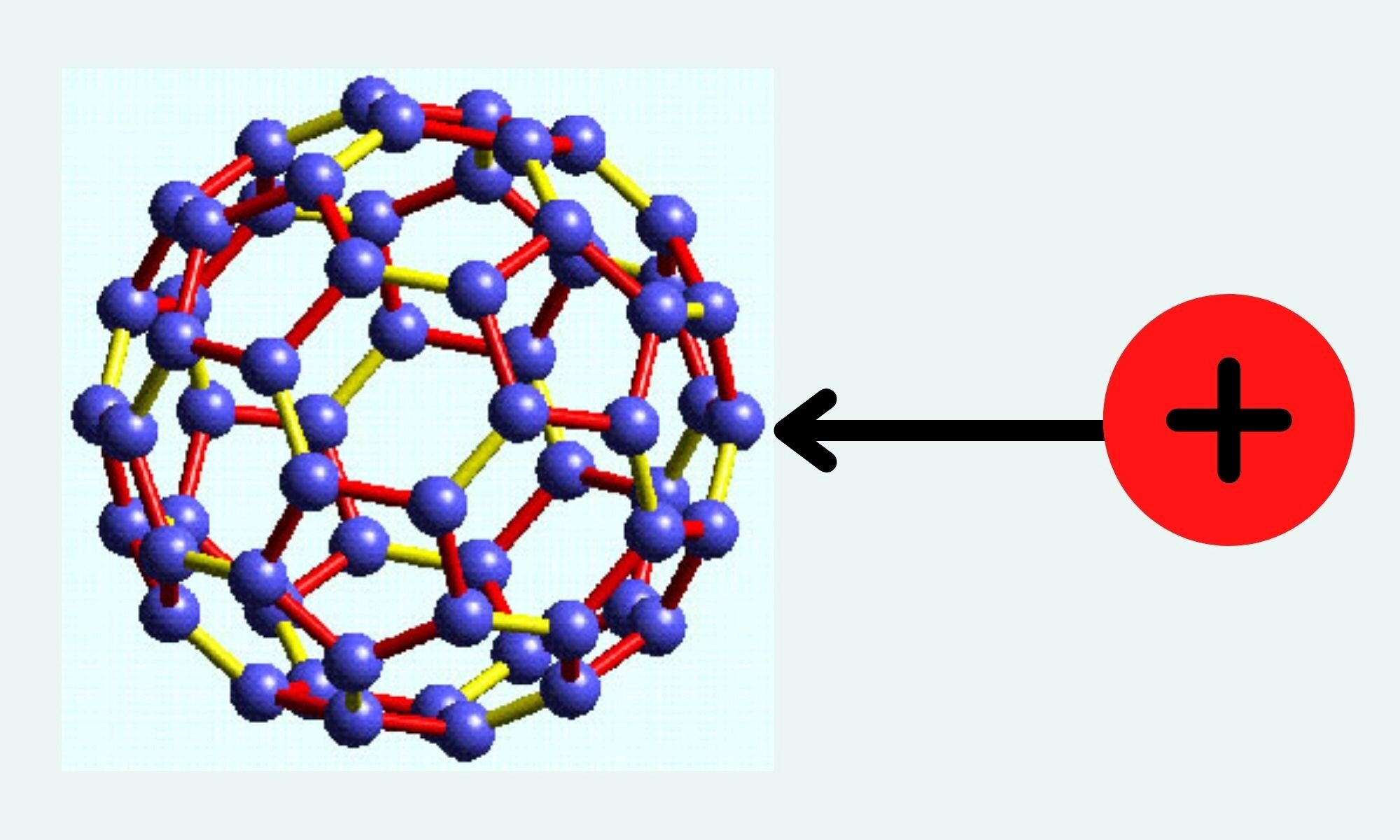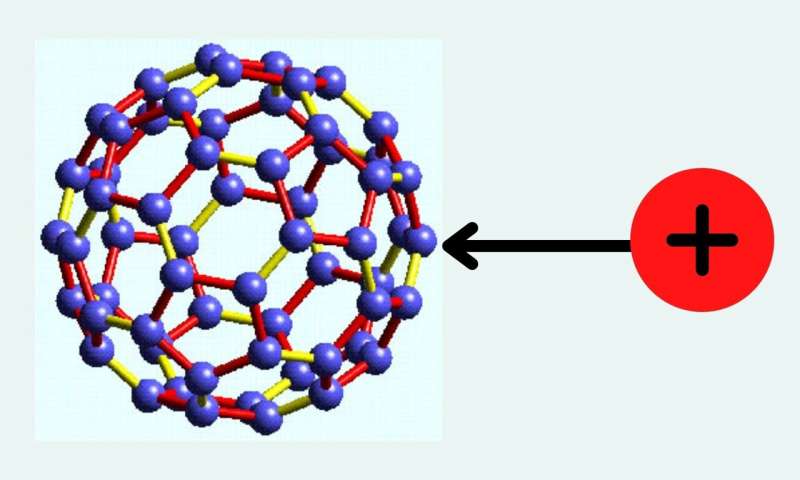

New research looks at positron scattering from rare gas atoms encapsulated in carbon 60 to investigate quantum properties that can’t be tested with electrons.
Particle scattering is an important test of the quantum properties of atoms and larger molecules. While electrons have historically dominated these experiments, their positively charged antimatter counterparts — positrons — can be used in promising applications when the negatively charged particles aren’t suitable.
A new paper published in The European Physical Journal D examines the scattering of positrons from rare gas atoms stuffed inside the fullerenes — so-called “rare gas endohedrals.” The paper is authored by Km Akanksha Dubey from the Indian Institute of Technology Patna, Patna, Bihta, India, and Marcelo Ciappina, Guangdong Technion-Israel Institute of Technology, Shantou, China.
“Our focus was to investigate positron scattering processes with rare gas endohedrals. As a reference to the endohedral system, we also considered positron scattering from bare C60 targets,” Ciappina says. “In our study, we chose rare gas atoms for encapsulation inside carbon 60 (C60), as they are probably the most popular and studied endohedrals. Rare gas endohedrals are very stable formations; the encapsulated atoms find their equilibrium position at almost the geometrical center of the C60.”
The study builds upon the findings of previous studies involving the collision of positrons with giant targets like C60 and rare gas endohedrals. The major difference being that the resonance scattering with different sizes of the encaged atoms is elucidated in comparison to the bare C60 scattering; resonances are also tested under the different scattering fields of the projectile-target complex.
“To our surprise, resonance formations in the rare gas endohedrals are altered as compared to the case of positron-C60 collision, despite the dominant scattering field in positron scattering being repulsive in nature,” Ciappina says. The resonances at the lower energy are significantly affected by various scattering fields considered alternatively.
“Thus, scattering resonances in the positron scattering find their natural abode in the C60 and rare gas endohedrals, and the resonance states can be favorably manipulated by keeping the rare gas atoms inside it.”
With insights into many aspects of such collision processes, potential applications for the findings of the paper could range from positron beam spectroscopy to the investigation of nanomaterials.
Researchers develop complete theory to describe high-energy vortex scattering
Km Akanksha Dubey et al, Positron scattering from C60 and rare gas endohedrals, The European Physical Journal D (2022). DOI: 10.1140/epjd/s10053-022-00390-x
Citation:
Investigating positron scattering from giant molecular targets (2022, June 28)
retrieved 28 June 2022
from https://phys.org/news/2022-06-positron-giant-molecular.html
This document is subject to copyright. Apart from any fair dealing for the purpose of private study or research, no
part may be reproduced without the written permission. The content is provided for information purposes only.